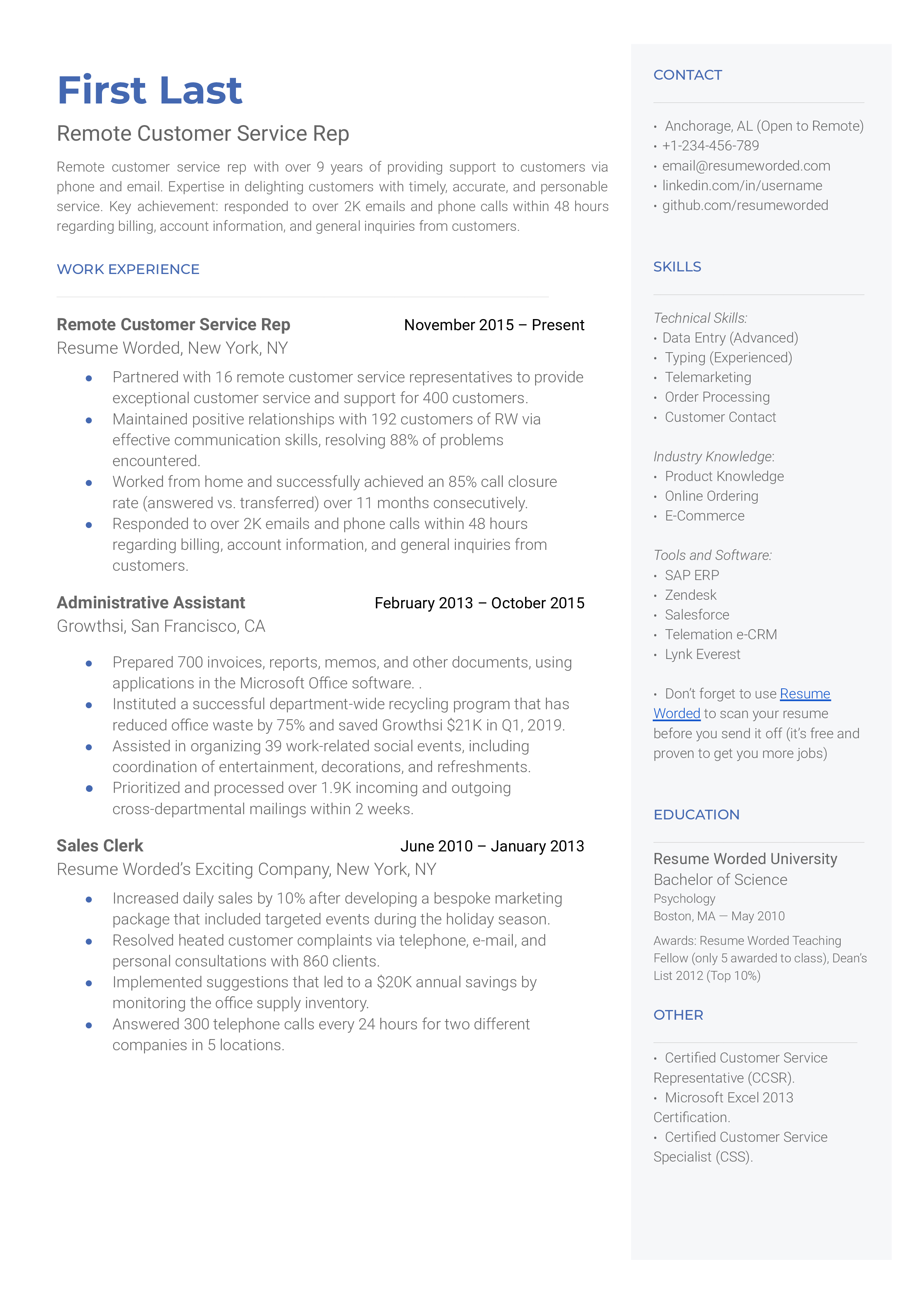Imagine this: you’re managing a vast network of IoT devices scattered across the globe, each generating a mountain of data every second. How do you ensure that all this data is processed efficiently without overloading your system? Enter RemoteIoT batch jobs! In today’s world of remote data handling and automation, understanding how batch jobs work within the RemoteIoT framework is more crucial than ever.
Now, before we dive deep into the nitty-gritty of RemoteIoT batch job examples, let’s break it down for you. RemoteIoT refers to the Internet of Things systems designed specifically for remote operations. These systems are built to handle data from devices located far away—think weather stations in Antarctica, oil rigs in the middle of the ocean, or even satellites orbiting the Earth. And when it comes to processing the data these devices generate, batch jobs are your secret weapon.
Batch jobs allow you to process large chunks of data in one go, making your system more efficient and less prone to crashes. This article will walk you through real-world examples, best practices, and tips to help you master RemoteIoT batch job management. So, buckle up because we’re about to take you on a journey into the fascinating world of remote data processing!
- Mobierulz Your Ultimate Guide To Mobile Gaming Hacks And Beyond
- Securely Connect Remote Iot P2p Ssh Download Windows Your Ultimate Guide
Here’s a quick glance at what we’ll cover:
- What is RemoteIoT?
- Batch Job Basics
- Why Batch Jobs Matter for RemoteIoT
- Example 1: Weather Data Collection
- Example 2: Industrial IoT Monitoring
- Example 3: Satellite Data Analysis
- Best Practices for RemoteIoT Batch Jobs
- Tools and Technologies to Use
- Common Issues and How to Fix Them
- Conclusion
What is RemoteIoT?
Let’s start with the basics. RemoteIoT is essentially a specialized subset of the broader Internet of Things (IoT) ecosystem. It focuses on managing devices and systems that operate in remote or challenging environments. These environments could be anything from deserts to deep-sea platforms, where traditional data processing methods just won’t cut it.
RemoteIoT systems are built to handle a variety of tasks, from monitoring environmental conditions to controlling industrial machinery. One of the key challenges in RemoteIoT is dealing with the massive amounts of data these systems generate. That’s where batch jobs come in—to help you manage and process this data effectively.
- Desire Movie Bollywood A Captivating Journey Into The Heart Of Bollywood Romance
- Lara Rose Birch The Rising Star You Need To Know
How RemoteIoT Differs from Traditional IoT
Now, you might be wondering, “What makes RemoteIoT different from regular IoT?” Great question! While both systems rely on connected devices to collect and share data, RemoteIoT is specifically designed to handle the unique challenges of remote environments. These challenges include:
- Low-bandwidth or intermittent connectivity
- Harsh physical conditions that can affect device performance
- Large distances between devices and central processing units
These factors make batch processing an essential part of RemoteIoT operations. By processing data in batches, you can minimize the need for constant real-time communication, which is often impractical in remote settings.
Batch Job Basics
Okay, so what exactly is a batch job? Simply put, a batch job is a set of tasks or instructions that are executed as a single unit. Instead of processing data one piece at a time, batch jobs allow you to process multiple pieces of data simultaneously. This approach is especially useful when dealing with large datasets, as it helps reduce processing time and resource usage.
In the context of RemoteIoT, batch jobs are used to process data collected from various devices. For example, if you have a network of weather sensors spread across a desert, you can use a batch job to collect and analyze all the data they generate over a specific period.
Advantages of Batch Processing
There are several reasons why batch processing is so valuable in RemoteIoT systems:
- Efficiency: By processing data in batches, you can make better use of your system’s resources.
- Scalability: Batch jobs can handle large volumes of data without overloading your system.
- Flexibility: You can schedule batch jobs to run at specific times, making it easier to manage your workload.
These advantages make batch processing an essential tool for anyone working with RemoteIoT systems.
Why Batch Jobs Matter for RemoteIoT
Now that we’ve covered the basics, let’s talk about why batch jobs are so important for RemoteIoT. In remote environments, data collection and processing can be particularly challenging due to factors like limited connectivity and harsh conditions. Batch jobs help overcome these challenges by:
- Reducing the need for constant real-time communication
- Minimizing the risk of data loss during transmission
- Improving overall system performance
By processing data in batches, you can ensure that your system remains stable and efficient, even in the most challenging environments.
Example 1: Weather Data Collection
Let’s look at a real-world example of how batch jobs can be used in RemoteIoT systems. Imagine you’re managing a network of weather sensors located in a remote desert. These sensors collect data on temperature, humidity, wind speed, and other environmental factors. To process this data effectively, you could set up a batch job to:
- Collect data from all sensors at regular intervals
- Aggregate the data into a single dataset
- Run analysis algorithms to identify trends and patterns
This approach not only makes data processing more efficient but also helps you gain valuable insights into the environmental conditions in the desert.
Why This Works
Using batch jobs for weather data collection is particularly effective because it allows you to:
- Handle large volumes of data without overwhelming your system
- Ensure that all data is processed consistently and accurately
- Minimize the need for constant communication between sensors and the central processing unit
All of these factors contribute to a more stable and reliable RemoteIoT system.
Example 2: Industrial IoT Monitoring
Another great example of RemoteIoT batch job usage is in industrial IoT monitoring. Imagine you’re overseeing a network of sensors installed on an oil rig in the middle of the ocean. These sensors monitor everything from pressure levels to equipment performance. To ensure that all this data is processed effectively, you could set up a batch job to:
- Collect data from all sensors at regular intervals
- Identify any anomalies or potential issues
- Generate alerts for maintenance teams if necessary
This approach helps you keep your operations running smoothly, even in the most challenging environments.
Example 3: Satellite Data Analysis
Now, let’s take things to the next level with an example of satellite data analysis. Satellites generate massive amounts of data as they orbit the Earth, and processing all this data in real-time would be nearly impossible. Instead, you can use batch jobs to:
- Collect and store data from multiple satellites
- Run analysis algorithms to extract meaningful insights
- Generate reports for scientists and engineers to review
This approach allows you to process satellite data efficiently, even when dealing with enormous datasets.
Best Practices for RemoteIoT Batch Jobs
Now that we’ve looked at some real-world examples, let’s talk about best practices for managing RemoteIoT batch jobs. Here are a few tips to help you get the most out of your batch processing:
- Set clear objectives: Define what you want to achieve with your batch jobs and stick to it.
- Optimize your system: Make sure your system is optimized for batch processing to avoid bottlenecks.
- Monitor performance: Keep an eye on your system’s performance to ensure that batch jobs are running smoothly.
By following these best practices, you can ensure that your RemoteIoT batch jobs are as efficient and effective as possible.
Tools and Technologies to Use
When it comes to managing RemoteIoT batch jobs, there are several tools and technologies you can use to make your life easier. Some popular options include:
- Apache Spark: A powerful tool for big data processing that supports batch jobs.
- Amazon Web Services (AWS): Offers a range of services for managing batch jobs in the cloud.
- Google Cloud Platform (GCP): Provides tools for batch processing and data analysis.
These tools can help you streamline your batch job management and improve overall system performance.
Common Issues and How to Fix Them
Even the best-planned batch jobs can encounter issues from time to time. Here are some common problems you might face and how to fix them:
- Performance bottlenecks: Optimize your system to ensure that batch jobs run smoothly.
- Data loss: Implement backup systems to prevent data loss during transmission.
- Communication errors: Use robust communication protocols to minimize errors.
By addressing these issues proactively, you can ensure that your RemoteIoT batch jobs run without a hitch.
Conclusion
And there you have it—your ultimate guide to RemoteIoT batch job examples! From weather data collection to satellite data analysis, batch jobs are an essential tool for anyone working with RemoteIoT systems. By following best practices and using the right tools, you can make your batch job management more efficient and effective.
So, what’s next? If you’ve found this article helpful, why not leave a comment or share it with your friends? And if you’re looking for more insights into RemoteIoT and batch job management, be sure to check out our other articles. Happy processing, and remember—data is power!
- Four Movierulz Kannada Your Ultimate Guide To Streaming And Downloading
- Kannada Movie Rulez Your Ultimate Guide To The Best Of Sandalwood Cinema


